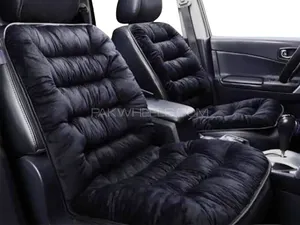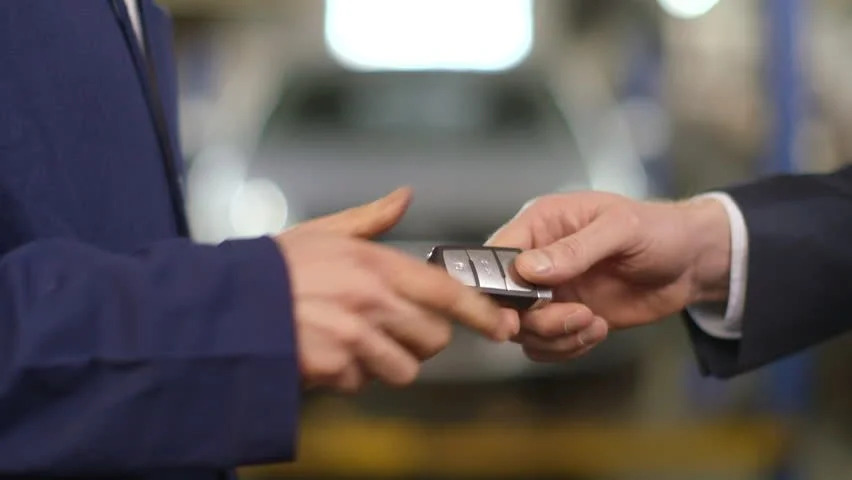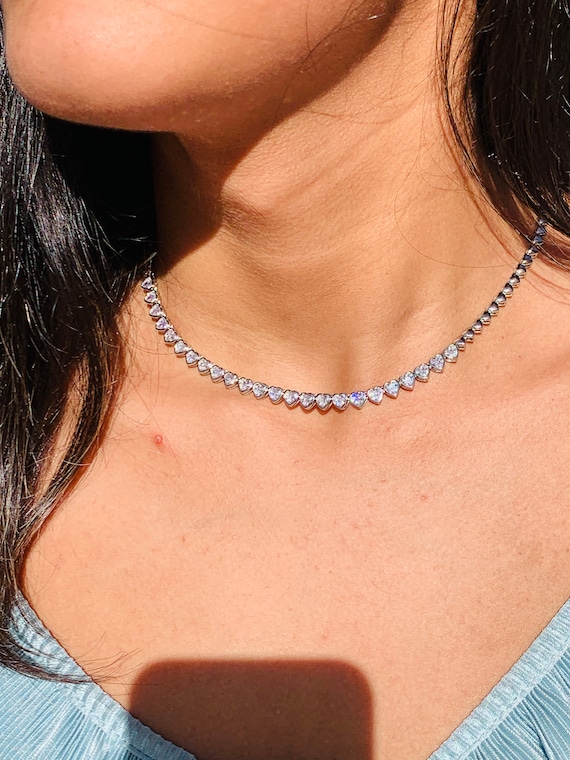Car Seat Covers: The Ultimate Guide to Protection and Style
Why Do You Need Car Seat Covers?
Car seats are constantly exposed to the rigors of daily use, and over time, they can become dirty, worn, and faded. Whether you’re a parent with young children, a pet owner, or simply someone who wants to keep your vehicle looking fresh, car seat covers can help in many ways:
- Protection: Car seat covers protect the upholstery from dirt, spills, stains, and general wear and tear. This is especially useful for families, pet owners, or anyone who frequently eats or drinks in their car.
- Preservation: By protecting your seats, car seat covers can help maintain the value of your vehicle and prevent expensive repairs or replacements of the original upholstery.
- Comfort: Some seat covers are designed to provide additional comfort, such as padded covers that offer extra cushioning or covers made from breathable materials to keep you cool in hot weather.
- Aesthetic Appeal:https://www.truth in24.com come in a wide variety of styles, colors, and designs. They allow you to personalize the interior of your car, adding a touch of your personality to the space.
- Easy Maintenance: Car seat covers are much easier to clean and replace than your vehicle’s original upholstery, making maintenance hassle-free.
Types of Car Seat Covers
Car seat covers come in various materials and designs, offering options for different needs and preferences. Here are some of the most common types:
1. Neoprene Seat Covers
- Material: Made from synthetic rubber, neoprene is known for its water resistance and durability.
- Pros: Neoprene seat covers are highly protective against spills, stains, and moisture, making them ideal for people who live in rainy or humid climates. They are also comfortable and provide good cushioning.
- Cons: Neoprene can get hot in the summer, which might not be comfortable for everyone. It may also require a bit more care to maintain its appearance over time.
2. Leather and Faux Leather Seat Covers
- Material: Genuine leather or high-quality synthetic leather.
- Pros: Leather seat covers are luxurious, stylish, and easy to clean. They provide a premium feel and are long-lasting. Faux leather is a more affordable, animal-friendly option that looks similar to genuine leather.
- Cons: Leather seat covers can be prone to cracking or fading in direct sunlight over time. They may also require regular conditioning to maintain their appearance.
3. Fabric Seat Covers
- Material: Fabric covers are typically made from polyester, cotton, or blends of these materials.
- Pros: Fabric seat covers are breathable, comfortable, and come in a variety of designs and colors. They are also affordable and easy to clean.
- Cons: They are not as resistant to moisture as neoprene or leather, so they may not offer as much protection against spills or stains.
4. Mesh Seat Covers
- Material: Made from breathable mesh fabric.
- Pros: Mesh seat covers are ideal for those who want extra ventilation and comfort, particularly in hot climates. They promote airflow and prevent sweating, keeping the seat cooler and more comfortable.
- Cons: Mesh covers might not offer as much protection against spills and dirt as other materials like neoprene or leather.
5. Sheepskin Seat Covers
- Material: Made from real or faux sheepskin.
- Pros: Sheepskin seat covers are soft, plush, and naturally regulate temperature, keeping you cool in the summer and warm in the winter. They’re highly comfortable and provide a premium feel.
- Cons: Sheepskin covers can be more expensive, and they may require regular cleaning to maintain their softness and appearance.
6. Custom Fit vs. Universal Seat Covers
- Custom Fit: These seat covers are designed specifically for your make and model of car. They fit perfectly around the contours of your seats for a sleek and tailored look.
- Universal Fit: Universal seat covers are designed to fit most vehicles, but they may not provide a perfect fit. These are typically more affordable but may not look as neat or stay in place as well as custom-fit covers.
Benefits of Different Car Seat Cover Materials
- Water Resistance: Neoprene and leather are excellent choices if you need protection from moisture, especially if you live in a rainy area or often deal with wet clothing or pets.
- Durability: Leather, faux leather, and neoprene are some of the most durable materials. They are resistant to wear and tear, which makes them a good choice for people who frequently drive long distances.
- Comfort: If comfort is your priority, fabric and sheepskin covers can provide a soft, cozy seating experience. Sheepskin also offers temperature regulation, making it ideal for year-round use.
- Breathability: Mesh seat covers provide excellent breathability, making them a great option for warm climates or those who want to stay comfortable during long drives.
How to Install Car Seat Covers
Installing car seat covers can vary depending on the type of cover and the vehicle, but the general process is simple. Here’s a basic guide to installing seat covers:
- Prepare Your Seats: Before installing, make sure your seats are clean and free of debris. This will ensure that the seat covers fit properly and stay in place.
- Align the Covers: Position the seat covers over the seat, ensuring that they are aligned with the headrests, armrests (if applicable), and seat belts. Some covers have Velcro or straps to secure them.
- Fit the Cover Snugly: Tuck in the edges of the cover under the seat cushions and around the seat back. Adjust the cover as needed to make sure it fits securely and smoothly.
- Secure the Straps or Hooks: Most car seat covers come with straps, hooks, or elastic bands to hold the covers in place. Make sure everything is tightly secured.
- Adjust for Comfort: Finally, make any necessary adjustments to ensure the covers are comfortable and do not interfere with the operation of the vehicle.
How to Maintain and Clean Car Seat Covers
- Neoprene: Wipe down with a damp cloth or use mild soap and water for deeper cleaning. Avoid using harsh chemicals.
- Leather: Clean with a leather cleaner and condition the material regularly to prevent cracking and maintain its appearance.
- Fabric and Mesh: Machine wash fabric seat covers on a gentle cycle or spot clean stains with a mild detergent.
- Sheepskin: Follow the manufacturer’s instructions for cleaning sheepskin covers, as they may require hand washing or special cleaners.
- Avoid Sun Exposure: Prolonged exposure to sunlight can cause some materials, like leather, to fade or crack. Try to keep your car covered or park in shaded areas when possible.
Conclusion: Car Seat Covers for Every Need
Car seat covers are an excellent way to protect your car seats, enhance comfort, and personalize your vehicle. Whether you’re looking for something durable, stylish, or breathable, there are a wide variety of options to suit your needs and preferences. By selecting the right material and ensuring proper installation and care, you can enjoy the benefits of car seat covers for years to come.
Remember, car seat covers are more than just an accessory—they are an investment in your vehicle’s long-term protection and comfort.







